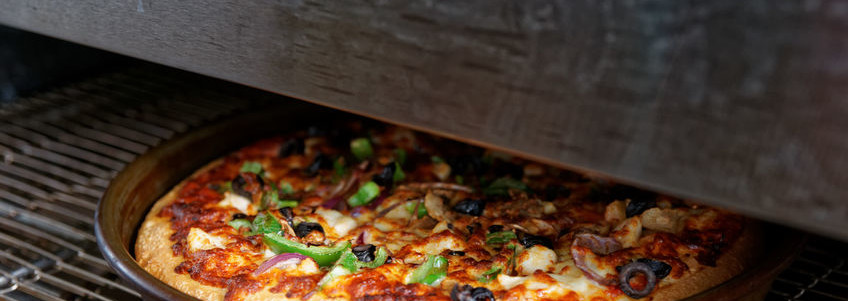
Gas fired ovens are a popular choice in the baking industry, mostly because of the options they provide for specific kinds of baked goods. They fall into two types, which each deliver heat differently.
Direct gas fired ovens transfer heat by radiation from flames, electric resistances, and hot surfaces. On the other hand, indirect gas fired ovens are set up so the products baking don’t come in contact with the products of combustion.
How does this effect the end product?
Direct gas-fired oven:
- Plays a key role in the biscuit- and pizza-making industry. They are especially suitable for baking products that require high temperatures, often above 300°C (572°F), such as pizza, flatbread, and other similar products. These ovens may also be used for baking all types of crackers, cookies, and biscuits.
- It is important to note that direct gas-fired and electric-fired ovens both have similar operation and heat transfer mechanisms.
Indirect gas-fired oven:
- Suitable for application in all types of products (especially baked goods of small dimension). Soda crackers are a notable exception, since these require direct heating in the early stages of baking.
- Some bakeries prefer this type of oven due to its balanced treatment of products.
How about maintenance and features in gas fired ovens?
Direct:
- The insulation material of DFOs mostly consists of thick mineral wool slabs, resistant up to 700°C. Insulation thickness can be up to 40 cm to minimize the loss of heat to the surroundings.
- Overhaul is necessary to prevent contamination of the food by undesirable and hazardous products of combustion, such as nitrogen oxides, carbon monoxides, and sulphur compounds. Burners and ignition points require regular servicing to maintain combustion efficiency and overall process safety.
Indirect:
- The insulation of IFOs basically requires similar design and materials to those for DFOs.
- Oven heat exchangers must be maintained regularly, as dirt and condensation (in steam-heated IFOs) may collect in their interior.
- All piping components (gaskets, fittings, and seals) must be dismantled for cleaning purposes.
- Replacement of faulty piping components and insulation material is essential to prevent heat leakage.

